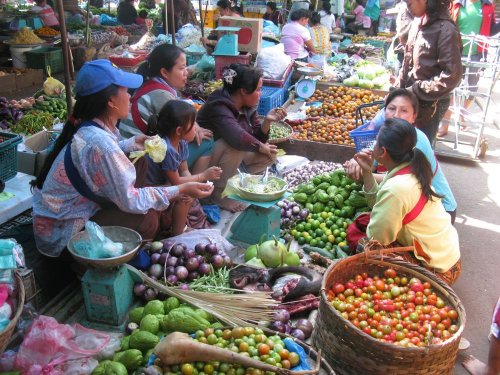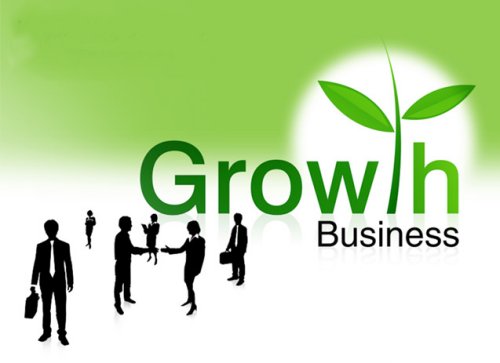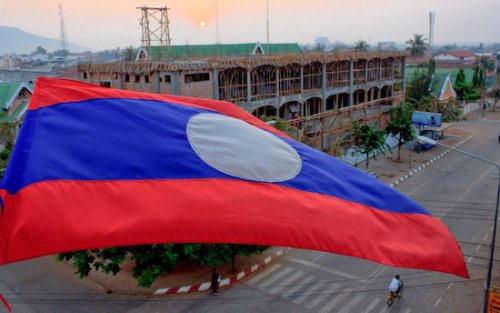Inflation Threatens To Consume The Benefits Of Growth
The inflation rate in Laos continues to rise despite the government’s mitigating measures designed to regulate the rate, according to a recent government report.
The average inflation rate over the past 6 months of 2013-14 reached 6.27 percent, rising from the 4.8 percent recorded in the same period last fiscal year.
The inflation rate was mainly driven by price increases in the category of food and non-alcoholic beverages, followed by the restaurant and hotel category and the clothing and footwear category.
Local residents in Vientiane have always complained about rising food prices in the capital as it directly affects their livelihoods, particularly the poor.
For instance, the price of pork in the capital’s markets stood at 35,000 kip per kg two months ago but now it has jumped to between 40,000 kip and 45,000 kip.
The rate of inflation was still high in March this year at 5.3 percent, despite decreasing month-on-month since November last year when the rate was 6.9 percent.
Economists say if inflation exceeds the economic growth rate of 8 percent, the end result would be zero growth.
Laos has one of the highest inflation rates among Asean countries due to the rising value of imports.
In the past six months of 2013-14, the value of the country’s exports reached US$1.1 billion, an increase of 25 percent compared to the same period last fiscal year and equal to just over 50 percent of the yearly plan.
The exported products included electricity, mining, garments, wood and agricultural products.
Meanwhile the value of the country’s imports reached over US$1.9 billion, an increase of 69 percent compared to the same period last fiscal year and equal to just under 72 percent of the yearly plan.
The government report stated that the value of the country’s imports was higher than anticipated, sparking more concerns for the government to deal with inflation in the near future.
Critics say the government needs to impose concrete measures to curb inflation, notably the regulation of food prices which are considered the main driver of inflation.
It is seen as essential to boost domestic production for in-country consumption and for export, as this would earn foreign currency while reducing imports.
Another problem is that Laos relies on the export of natural resources such as mining products, which are considered unstable.
Natural resources do not constitute a sound economic base in the long term because they will one day be depleted.
Government spokesperson Ms Bounpheng Mounphosay told local media last year that the government was very concerned about the country’s rising inflation and debt as it could lead Laos into economic crisis.
Since last year, the government faced financial difficulty due to the revenue shortfall, affecting various development projects.
The revenue shortfall has forced the government to rein in expenditure, including halting a 760,000 kip monthly living allowance for state employees last year.
Source: Vientiane Times




